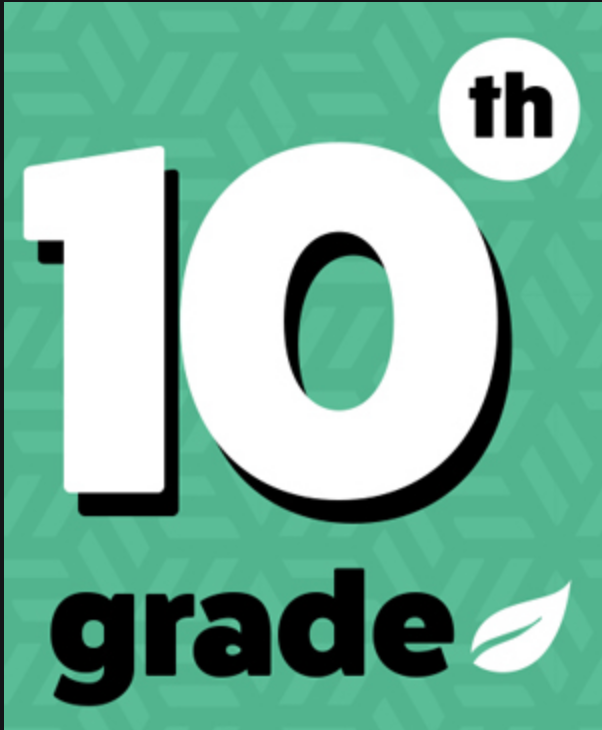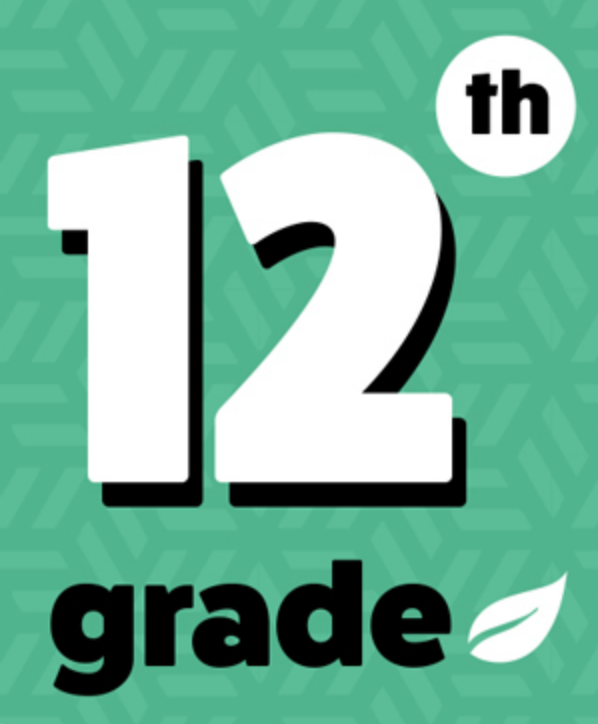InLikeMe is pleased to provide this detailed college admissions planning list and timeline to help students stay on track and be successful.
Throughout High School:
- Extracurricular Activities: Find activities, work, community service & experiences you enjoy with “college appeal”. Get involved. Seek out opportunities to develop leadership roles. Depth, not breadth, of experience is critical as most colleges now prefer to see fewer activities that really interest you where you are involved in a significant way. Evidence of passion, leadership, initiative, commitment and meaningful engagement is crucial.
- Grades: Junior year is most important followed by first semester senior year. Freshman and sophomore grades are typically less significant especially if there is a pattern of improvement.
- Challenging Courses: A rigorous class schedule shows that you are intellectually curious, willing to challenge yourself and are comfortable working hard.
- College Folder: Seek opportunities to build your resume and keep a file of all activities awards, honors, community service hours, leadership positions, etc.
- Intellectual Enrichment / SAT & ACT Prep: Sign up for “Word/Article/SAT Question of the Day”. Read challenging articles & books.
- Get Acquainted With College: Check out college web sites, visit college and attend college fairs.
- Self Assessment: Determine which courses you like / dislike and why. Examine your interests, preferences, aptitude and related careers with self-assessment tools such as MyRoad, ASVAB, PersonalityType and Humanmetrics.
- SAT II (Subject Tests): It’s best to take these tests when you complete a specific course (e.g. European History) even if it’s prior to junior year.
Freshman Year:
- Meet with your guidance counselor and plan out the most challenging four-year curriculum that you can manage.
Sophomore Year:
- Register for and take the PSAT if it’s offered to sophomores at your school (Fall)
- Meet with your guidance counselor to discuss curriculum, grades, activities, entrance exams, college planning, etc. (Fall / Spring)
- Attend college fairs and gather information
- Learn about the SAT & ACT
- Consider SAT / ACT self-study and/or prep course
- Initial conversations with family, friends, teachers and your counselor about colleges, majors and potential careers.
- Register for and then take the SAT II Subject Tests (if appropriate) (Spring)
- Prepare for PSAT (Spring & Summer)
Junior Year:
- Register for and take the PSAT (Fall)
- Review extracurricular activities. If appropriate, seek out additional opportunities (activities, work, community service, college & summer programs) with “college appeal”.
- Meet with your guidance counselor to discuss curriculum, grades, activities, entrance exams, college planning, etc. (Fall / Winter / Spring)
- Focused conversations with family, friends, teachers and your counselor (your College Planning Team) about colleges, majors and potential careers.
- Sign up for MyRoad to (1) review PSAT results, (2) explore colleges & career options and (3) plan next steps.
- Examine your interests, preferences, aptitude and related careers with self-assessment tools such as MyRoad, ASVAB, PersonalityType and Humanmetrics.
- Prepare for SAT / ACT (self-study and/or prep course)
- Attend college fairs and gather information
- Register for and take the SAT II Subject Test (Spring)
- Register for and take SAT / ACT (Winter / Spring)
- Explore college, university and career web sites.
- Review college applications of schools that may be of interest
- Make a list of schools to visit or take virtual tours.
- Develop a college strategy with your counselor.
- Strategize on ideas for application essays
- Identify teachers and others who may be willing to write recommendations.
- Make the most of your summer – read, work, college planning & visits, community service, test prep, academic course/research, begin working on applications, etc.
Senior Year:
- Review college materials, guidebooks, etc. to narrow your college list. Visit web sites, take virtual (or in-person) tours. Attend college fairs and presentations.
- Finalize a college strategy with your counselor, parents and other advisors.
- Schedule multiple planning and status meetings with your counselor
- Consider Gap Year opportunities if appropriate.
- Review extracurricular activities. If you need more, and it’s not too late, seek out additional opportunities (activities, work, community service, college programs) with “college appeal”.
- On-going conversations with family, friends, teachers and your counselor about colleges, majors and potential careers.
- If you’re seeking additional direction, discuss with your counselor and use self-assessment tools such as MyRoad and ASVAB.
- Register for Fall SAT and/or ACT— if you are looking to improve your scores.
- Review college list. Take a second look at the schools on your list.
- Finalize college list with your family and guidance counselor. Decide on 10 to 20 “good fit” colleges (25% – reach, 50% – match, 25% – safety) based on your academics and other factors.
- If you have a clear “first choice” college, consider applying for early action or early decision.
- Pay special attention to any admissions and scholarship application deadlines.
- Create a file for each of your college choices—and keep all materials organized.
- Set up a master schedule of all your application deadlines.
- Identify teachers and others willing to write strong recommendations.
- Brainstorm ideas for college essays.
- Prepare for college interviews.
- Request (or download) any applications that you do not have.
- Carefully review each college’s application and requirements.
- Review “College Folder” and prepare resume of accomplishments and achievements.
- Attend college fairs and gather information
- Research scholarships and grants.
- Begin work on college application and drafts of essays.
- Have standardized testing service send your scores to your list of colleges.
- Finalize drafts of essays, following edits, rewrites, and reviews (family, friends, teachers, advisors).
- Be sure your guidance counselor knows your final list of colleges, as well as your preferences.
- Request key financial aid and scholarship information from your list of colleges.
- Start detailed financial aid search, including outside sources for scholarships and loans. If applying for financial aid, obtain and complete the Free Application for Federal Student Aid (FAFSA) form.
- Keep track of your college applications; be sure applications & supporting materials—scores, transcripts, recommendations, etc. – are sent and received.
- Apply to the colleges you have chosen.
- If recommendations are required, ask well in advance.
- Make a copy of your applications for your records.
- Some colleges have early deadlines, so be aware of these dates. Keep a calendar so you do not miss important deadlines for admissions, financial aid, and scholarships.
- If you are applying for financial aid, file the FAFSA soon after January 1, and no later than March 1.
- Evaluate your college options and attend programs sponsored by the colleges you are considering.
- Accept the school of your choice.
- Remain on wait lists of schools that are attractive options. Discuss sending supplemental information to wait list school with your counselor.

Lynn Radlauer Lubell, Publisher of InLikeMe.com and Founder of Admission By Design, an Educational Consultancy based in Boca Raton, Florida.



